Table of Contents
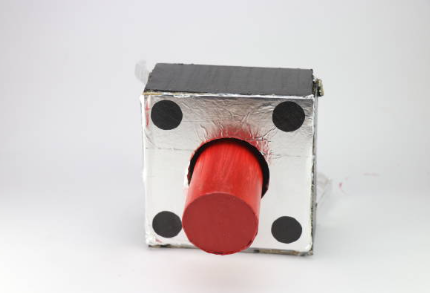
Push Button Switches are ubiquitous in electronics, serving as key gatekeepers of power and control signals to devices. Latching and momentary switches stand out for their unique characteristics and applications - latching being one type while momentary another; what differentiates these two rivals and how can you select the perfect switch for your project is worth exploring more in-depth!
Let's flip some light on these two contenders by exploring their differences, uses, and tips on selecting which switch best matches your project needs!
The Conductors of Power: Latching vs. Momentary Switches
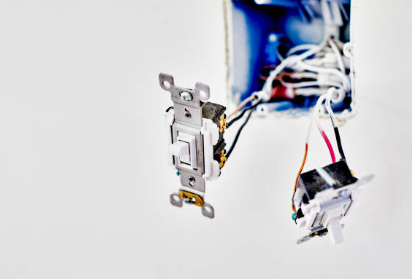
Imagine yourself as the conductor of an orchestra, with the power to initiate or stop its performance with just a gesture. Latching and momentary push button switches act as your batons, each with its own method for conducting power.
Latching Switches: The Persistent Conductors
Latching switches are akin to maestros who, with a flick of their baton, set the orchestra in motion, continuing to play until a command is given to stop.
Technically, latching switches maintain their state after activation, either remaining open or closed until toggled again; they function like the light switches in your room - flip up for light, down for darkness.
Momentary Switches: The Fleeting Maestros
On the other hand, momentary push button switches resemble conductors who must continuously guide their orchestra; when they pause, the music stops.
These switches immediately return to their default state upon release - perfect for tasks requiring short bursts of power or signal transmission, like pressing your doorbell button.
Deciphering the Difference between Momentary and Latching Switches
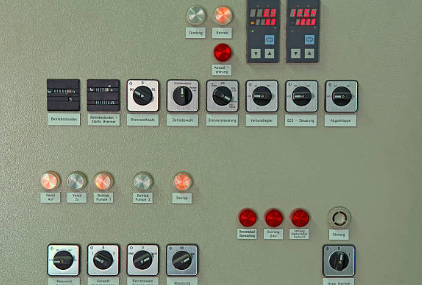
The main distinctions between these switches lie in their mechanism of action and their role within circuits:
- Action Duration: Latching switches retain their last command until changed; momentary switches operate only under pressure.
- Circuit Design Flexibility: Latching switches offer circuits the ability to function without constant human intervention, while momentary switches are ideal for control inputs needing human judgment or change, such as keyboard keys or camera shutters.
- Application Scope: Latching switches are suited for applications requiring continuous power without frequent user interaction, whereas momentary switches excel in dynamic settings where control needs to be quick and direct.
Applications in the Real World
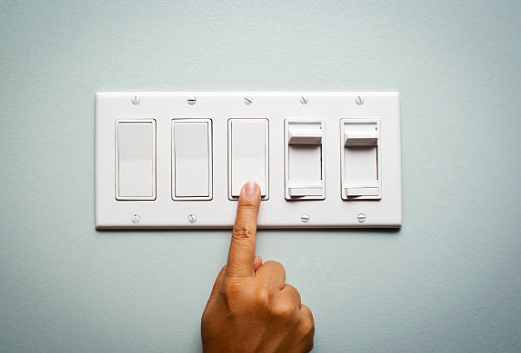
The use cases for these switches are as varied as the instruments in an orchestra:
- Latching Switches: Include devices like light switches, power buttons that remember their on/off status, and toggle switches on machinery that need to remain in a particular state over time.
- Momentary Switches: Resemble computer keyboard keys, doorbells, or the push-to-talk buttons on walkie-talkies, with effects that are temporary and controlled directly by user actions.
Tips: How to Wire Your Push Button Switches
Choosing Your Baton: Tips for Selection
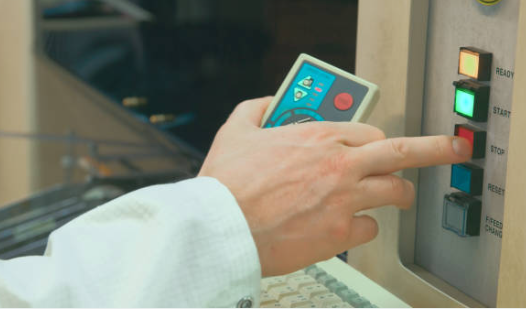
Selecting between latching and momentary switches is akin to choosing the right piece for a concert, needing to match the theme, orchestra, and audience. Here are some tips for making that choice:
- Find a trustworthy switch manufacturer: Start by looking for a manufacturer with a strong reputation in the industry, supported by positive reviews and testimonials from satisfied customers. Santo offers a wide range of products, demonstrating their expertise and ability to cater to diverse needs, is also a good sign.
- Establish the Need for Continuity: If your application requires continuous power or action without human intervention, a latching switch might be ideal.
- Consider Interaction Duration: For applications involving short, intermittent actions initiated by users, momentary switches could offer the best solution.
- Evaluate User Experience: Think about how users will interact with your device. If functions need to operate without regular user presence, latching switches may be preferable; for actions requiring a decision each time, momentary switches are likely more suitable.
The Final Bow
Latching and momentary switches play crucial roles in the vast orchestra of electronics. By understanding their unique features and applications, you'll be better equipped to make informed decisions that harmonize with the needs of your projects. So, conduct your electronic symphony with confidence, and watch as each switch brings your creative endeavors to life!
